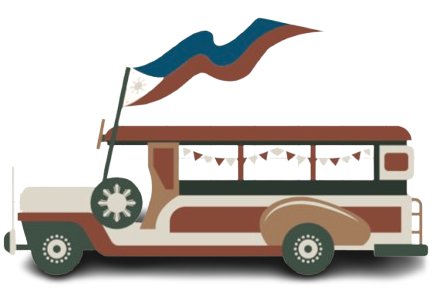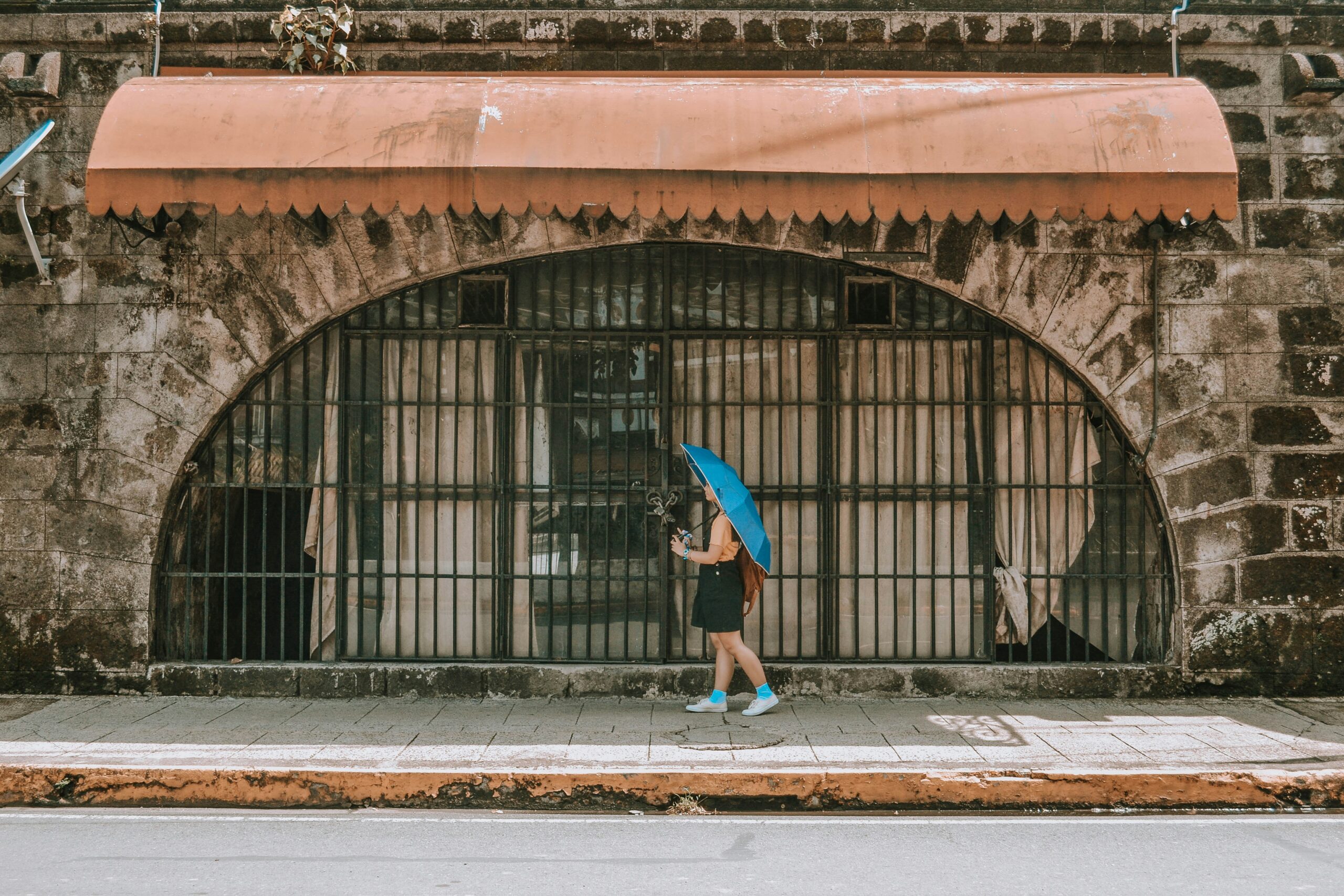Exploring the Beauty and Culture of Bicol, Philippines: A Complete Travel Guide
Bicol, located in the southeastern part of Luzon, is a region full of wonders in the Philippines. Known for its beautiful landscapes, spicy dishes, and welcoming people, Bicol offers a mix of natural beauty and rich culture. Whether you enjoy adventure, trying new foods, or learning about history, Bicol has something for you. This guide will explain why Bicol is a must-visit place and how to get there from Manila.
Geography and History of Bicol
Bicol is made up of six provinces: Albay, Camarines Norte, Camarines Sur, Catanduanes, Masbate, and Sorsogon. The region is enclosed by the Philippine Sea, Sibuyan Sea, and Visayan Sea. Its land is rugged, featuring the iconic Mayon Volcano. Rivers, lakes, and beaches abound, making it a nature lover’s paradise.
Bicol’s history is rich with influences from Malay, Chinese, and Spanish cultures. The name “Bicol” is derived from “biko,” meaning “bent” or “crooked,” which describes the path of the Bicol River. During Spanish rule, Bicol played a notable role, with many historical churches and structures remaining today. The Our Lady of Peñafrancia Basilica in Naga City highlights the area’s Catholic roots and Spanish heritage.
Travel Options to Bicol from Manila
You have several ways to travel to Bicol from Manila: by air, bus, train, or ferry.
By Air
Flying to Legazpi City or Naga City is the quickest option. Philippine Airlines, Cebu Pacific, and AirAsia provide daily flights taking about 1 hour. This is ideal if you have limited time.
- Legazpi Airport: Near Mayon Volcano and other attractions in Albay.
- Naga Airport: Suitable for visiting Camarines Sur and neighboring areas.
By Bus
Buses are affordable and widely used. Companies like Philtranco, Cagsawa Travel and Tours, and Peñafrancia Tours run trips from Manila to Bicol towns such as Legazpi, Naga, and Sorsogon, lasting 8 to 10 hours.
- Bus Terminals in Manila: Departures from Cubao, Pasay, or Paranaque.
- Tip: Use night buses to save on lodging costs and try sleeper buses for more comfort.
By Train
The Bicol Express by Philippine National Railways offers trips from Manila to Legazpi. The journey is scenic but longer, taking 12 to 14 hours, with limited schedules. Check current updates as rehabilitation is ongoing.
By Sea
For an adventurous experience, take a ferry from Manila to Bicol. 2GO Travel ferries sail to ports like Matnog, Sorsogon. The trip is about 24 hours and offers lovely sea views.
The Majestic Mayon Volcano
Mayon Volcano, known for its “Perfect Cone” shape, is a highlight in Bicol. Located in Albay, it’s one of the country’s most active volcanoes, with over 50 eruptions in 400 years. Despite the risks, it remains a must-see and a point of pride.
Activities around Mayon include hiking, ATV rides, and taking photos, especially at the Cagsawa Ruins, where a church once stood before Mayon’s 1814 eruption. Thrill-seekers can climb the summit for amazing views, but guides and permits are necessary due to its activity.
Bicol’s Pristine Beaches and Islands
Bicol is blessed with some of the most beautiful beaches and islands in the Philippines. One of the most famous is Caramoan Peninsula in Camarines Sur, known for its white sand beaches, crystal-clear waters, and limestone cliffs. Caramoan has gained international fame as a filming location for the reality TV show Survivor. The area is perfect for island hopping, snorkeling, and spelunking.
Another gem is Calaguas Island in Camarines Norte, a secluded paradise with powdery white sand and turquoise waters. It’s an ideal destination for camping and stargazing, as the island remains relatively undeveloped. For those who prefer a more laid-back vibe, Subic Beach in Matnog, Sorsogon, offers pink sand and serene waters, making it a perfect spot for relaxation.
The Thrill of Adventure and Wildlife
Bicol is a playground for adventure seekers. The region offers a wide range of activities, from water sports to caving and wildlife exploration. Donsol, Sorsogon, is renowned as the “Whale Shark Capital of the World.” Between November and June, visitors can swim with these gentle giants, known locally as butanding, in their natural habitat. The experience is both thrilling and humbling, as you get up close with one of the ocean’s largest creatures.
For caving enthusiasts, the Hoyop-Hoyopan Cave in Camalig, Albay, is a must-visit. The cave features stunning rock formations, underground rivers, and chambers that echo with the sounds of nature. Meanwhile, the Quitinday Green Hills Formation in Jovellar, Albay, offers a unique landscape of rolling hills and lush greenery, perfect for hiking and photography.
Bicol’s Fiery and Flavorful Cuisine
Bicolano cuisine is as vibrant and bold as its culture. Known for its use of coconut milk and chili peppers, Bicolano dishes are a treat for those who love rich and spicy flavors. One of the most iconic dishes is Bicol Express, a savory stew made with pork, coconut milk, shrimp paste, and plenty of chili peppers. Another favorite is Laing, a dish made from taro leaves cooked in coconut milk and spices.
Seafood lovers will also enjoy Kinunot, a dish made from stingray or shark meat cooked in coconut milk and malunggay leaves. For dessert, Pili nuts are a must-try. These buttery nuts are native to Bicol and are often used in candies, pastries, and even as a topping for ice cream.
Festivals and Cultural Heritage
Bicol is a region that loves to celebrate, and its festivals are a reflection of its vibrant culture and deep-rooted traditions. The Peñafrancia Festival in Naga City is one of the most significant religious events in the Philippines. Held every September, the festival honors the Our Lady of Peñafrancia, the patroness of Bicol. The highlight of the festival is the fluvial procession, where the image of the Virgin Mary is carried along the Bicol River amidst prayers and songs.
Another notable festival is the Magayon Festival in Albay, which celebrates the legend of Mayon Volcano and the region’s bountiful harvest. The festival features street dancing, cultural shows, and agricultural fairs, showcasing the creativity and resilience of the Bicolano people.
Travel Tips for Visiting Bicol
- Best Time to Visit: The dry season (November to April) is the ideal time to explore Bicol, as the weather is perfect for outdoor activities. Avoid the rainy season (June to October) due to typhoons and heavy rainfall.
- What to Pack: Bring lightweight clothing, sunscreen, and insect repellent. If you plan to hike or swim, pack appropriate gear like hiking shoes and swimwear.
- Transportation: Public transportation is available, but renting a car or hiring a tricycle is more convenient for exploring remote areas.
- Safety: Always check the weather and volcanic activity updates, especially when visiting Mayon Volcano or engaging in water activities.
- Local Etiquette: Bicolanos are friendly and respectful. Greet locals with a smile and learn a few Bicolano phrases like “Dios Mabalos” (Thank you) to show appreciation.
Bicol is a region that captivates the heart and soul of every traveler. From the awe-inspiring Mayon Volcano to the pristine beaches, flavorful cuisine, and vibrant festivals, Bicol offers a wealth of experiences that are both enriching and unforgettable. Its rich history, coupled with the warmth of its people, makes it a destination that truly embodies the spirit of the Philippines.
Whether you’re seeking adventure, relaxation, or cultural immersion, Bicol has it all. So pack your bags, prepare your taste buds for some spicy delights, and get ready to explore the wonders of Bicol, Philippines. As the Bicolanos say, “Dios Mabalos!” (Thank you!) for reading, and we hope to see you soon in this beautiful corner of the world.




I love my province so much ❤️